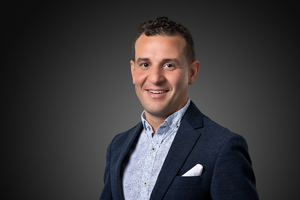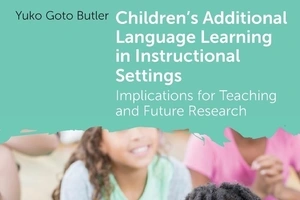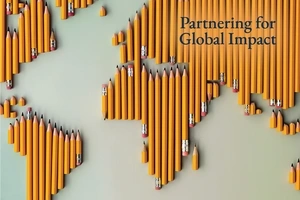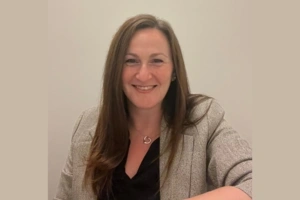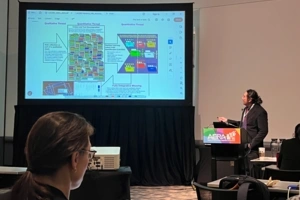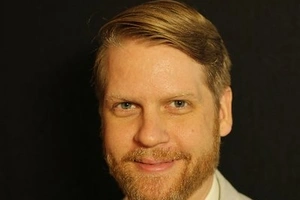The COVID-19 pandemic has shone a light on the divide between early childhood education and K-12 schooling in America.
While debates rage over the safety of in-person K-12 classrooms, many pre-schools quietly opened months ago — or closed because they lacked dedicated public funding.
The divide between K-12 and early childhood education stretches back to the start of mass schooling, Penn GSE’s Jonathan Zimmerman recently told New York Times columnist Bryce Covert.
When education reformers first pushed to expand and formalize schools, Zimmerman explained, working mothers often send babies along with their young children. But babies and very young kids weren’t being properly supervised or cared for. Kids got hurt, and reformers like Horace Mann pushed to have children begin school at a later age.
“Nobody’s wrong here,” Zimmerman told the Times. “Mom’s right that we need a place for the 6-month-old, and Horace Mann is right that kids don’t actually belong in the schoolhouse.”
What we now think of as preschools only came later, and not as part of the public school system.
An education historian, Zimmerman’s work examines how education practices and policies have developed over time, and the myths that often cloud our understanding of teaching and learning. His books have included a history of one-room schoolhouses and the culture wars in schools.
Zimmerman’s next book, The Amateur Hour: A History of College Teaching in America, will be published October 27.

